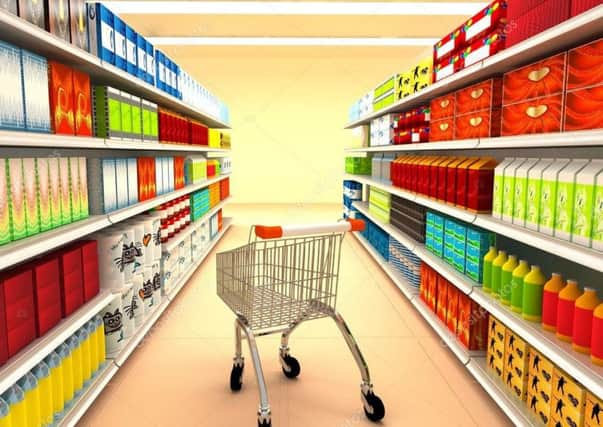POLL: Should supermarkets include nutritional information on your receipt?
This article contains affiliate links. We may earn a small commission on items purchased through this article, but that does not affect our editorial judgement.


The receipt, created by designer Hayden Peek, could improve on the current system which places ‘traffic light’ labels’ on the front of food packaging.
Instead total calorie, sugar, fat and salt intake would be indicated at the bottom of the receipt after a shop.
Advertisement
Hide AdAdvertisement
Hide AdThe idea was shared as part of National Childhood Obesity Week, between July 3 and 9.
It is hoped this new concept will allow shoppers to gain more of a personal insight into their eating habits.
Hayden explained: ‘In one simple graphic anyone can get a good idea of how healthy their diet is.’
Working with Hayden was Matthew Cole, a senior lecturer in sport and exercise nutrition at Birmingham City University.
Advertisement
Hide AdAdvertisement
Hide AdHe said: ‘Whilst the consumers generally find the traffic light nutrition labeling useful, there are limitations. A new receipt based system could bridge this gap.’
The ‘traffic light system’ was first used on food packages by the Co-op in 2006 and has since been adopted across British supermarkets.
But complaints persist that some labels are ‘misleading’ shoppers by only indicating the intake of one unit of contents rather than the entire packets worth.
Hayden Peek has predicted that 74 per cent of men and 64 per cent of women in the UK will be obese by 2030, a problem which currently costs the NHS £15 billion annually.
Do you think the ‘traffic light’ system is worth printing on receipts or will the new proposal fail to make a difference? Have your say on Facebook.